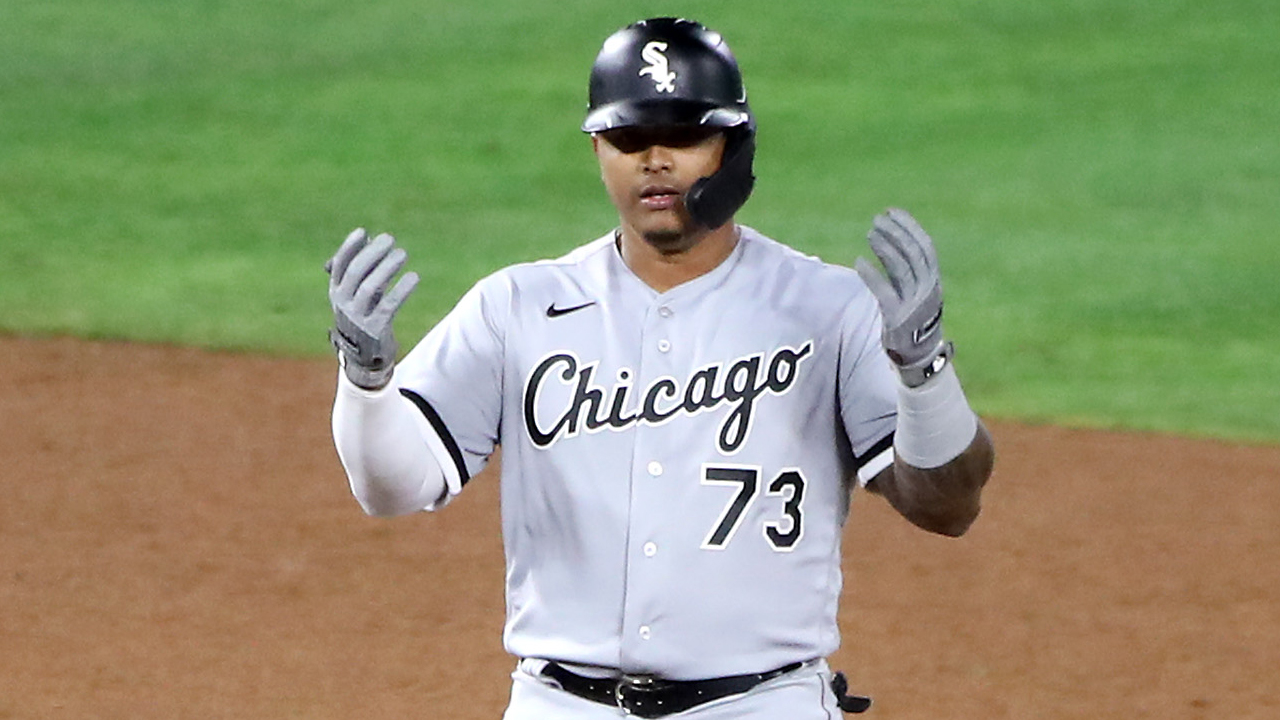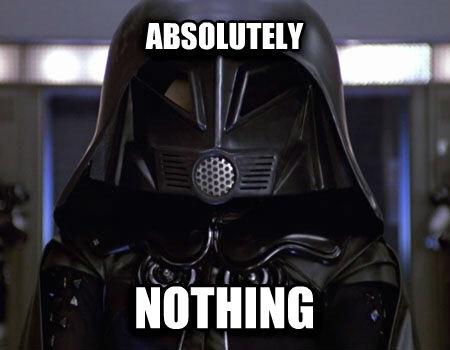<
AL CENTRAL
Fix Your Broken Team in One Offseason:
By Daniel R. Epstein OTB
Posted on November 22, 2021
Your favorite baseball team is broken. There is lots of work to do this winter, whether they need a shortstop, more starting pitching, or a front office facelift. If they took the field today, they would be a total disaster. Hell, they probably don’t even have enough players! Don’t despair— here are three reasons why everything will work out just fine (probably).
Your 29 rivals are also broken. They all exist on the spectrum between “moderately flawed” and “Colorado Rockies.”
It’s only November. There’s a cold, dark, expansive offseason ahead of us to suck the joy out of life— possibly including a work stoppage— in which your team’s front office can maneuver, supplement, and revise the roster.
(Most important) Off the Bench knows how to fix everything! With our years of part-time blogging experience, we have the panacea for each of the 30 MLB clubs.
In an act of pure largesse, we have decided to tell each franchise how to fix itself. You’re welcome, MLB.
CHICAGO WHITE SOX
93 wins was the most for the White Sox since the 2005 team that won the World Series. It turns out winning the AL Central is easy when everyone else sucks. Winning playoff games is harder. Those teams usually don’t suck.
What went right:
Carlos Rodón was re-signed as a minor-league free agent following a disastrous 2020, then posted a 2.37 ERA, 0.96 WHIP, and 12.6 K/9. Luis Robert might be one of the top five players in the sport (health permitting). Yasmani Grandal‘s .240/.420/.520 slash line is just silly. They have three infielders who rake. And the pitching staff is loaded, especially in the bullpen.
What went wrong:
The young core of Eloy Jiménez and Robert combined to play only 123 games. Trading away Nick Madrigal for Craig Kimbrel was a panic move that didn’t pay off. Manager Tony La Russa remains a distraction and a poor fit for a modern dugout. The team succeeded in spite of him due to their deep well of talent.
How to fix them:
This roster playing in the weakest division in baseball should’ve won more games. It’s never too late to fire the manager. Rodón is a free agent and probably won’t sign a non-guaranteed contract again after a fifth-place Cy Young finish. They will need to pony up the cash to retain him. Andrew Vaughn flopped from power-hitting first base prospect to “What if we stuck Eric Hosmer in the outfield?” They need to plug holes at right field and second base.
CLEVELAND GUARDIANS
Even after jettisoning Francisco Lindor and some talented pitchers, Cleveland won 80 games anyway. If the front office had actually tried to compete, they might’ve contended for the playoffs. That would’ve been expensive though. Think of the shareholders!
What went right:
The old name was racist, plain and simple. It doesn’t matter that it’s been in use since 1915 or that most people didn’t realize it was wrong 30 or 50 years ago. Inertia is not a sufficient reason to neglect righting a wrong. Becoming the Guardians was the correct move. Plus the new hat is fire.
What went wrong:
José Ramírez and Franmil Reyes alone do not comprise a lineup. The pitching staff still has a few very good arms, but the team is going downhill faster than James Karinchak’s strikeout rate after the goop crackdown.
How to fix them:
This whole teardown remains unnecessary and irresponsible. As noted in the NL East version of this article, the Nationals just ran out of time with most of their core players. That’s NOT true for Cleveland, as evidenced by the fact that they were still nearly a .500 team in spite of the selloff. Few organizations in baseball develop pitchers better than they do. Sign some position players, extend Ramírez, and make a go of it for at least a few more years. Pulling up requires a new owner though. Fortunately, one could be on the way.
DETROIT TIGERS
There are signs of life in Detroit! 77 wins is a pulse. Let’s charge up the defibrulator panels.
What went right:
While there were no current or future superstars on the 2021 roster, the Tigers have a few building blocks in place. Casey Mize is at least a mid-rotation starter. Akil Baddoo was one of the best Rule V picks in recent memory. He’s their starting center fielder of the future. Spencer Torkelson and Riley Greene— the fourth and seventh-best overall propsects according to MLB Pipeline— are on the near horizon.
What went wrong:
Aside from Mize, most of the other pitchers the franchise built around suffered collapses. Tarik Skubal surrendered 35 home runs in 149.1 innings. Matt Manning was extremely hittable and couldn’t strike anyone out. Matthew Boyd and Spencer Turnbull both underwent elbow surgery.
How to fix them:
The Tigers have already started to throw cash around, inking Eduardo Rodriguez to a five-year deal. They’ve indicated they will be very active this offseason, participating in the sweepstakes for one of the superstar free agent shortstops. In other words, they’re on the right track. If they make good on their promises to load up the roster, they should be the clear second-place team in the AL Central with an eye on October, especially if MLB and the MLBPA expand the playoff field in the next collective bargaining agreement.
KANSAS CITY ROYALS
The 74-win Royals certainly weren’t good, but they were at least a fun shade of bad.
What went right:
Salvador Perez will not make the Hall of Fame, but he will absolutely be the last Kansas City player to wear #13. 48 home runs and 161 games played by (mostly) a catcher is not something anyone can (or should) repeat. Defensive metrics such as Baseball Prospectus’ CDA hated his glovework, but who cares? We’re having fun! The yin to his yang was shortstop Nicky Lopez, who led the team with a .300 BA and .365 OBP despite just two home runs. His 25 Outs Above Average easily led MLB.
What went wrong:
A lot of players under team control for multiple years simply didn’t hit enough, including Whit Merrifield, Hunter Dozier, Adalberto Mondesi, and Andrew Benintendi. There’s not much room for optimism in the starting rotation either.
How to fix them:
While the front office gets a modicum of credit for paying actual big leaguers to avoid a 100-loss disaster in this brutal AL Central, there doesn’t appear to be much of a five-year plan in place. The impending arrival of Bobby Witt, Jr. will be the main event in 2022. Beyond him, there isn’t enough brewing to propel the club forward anytime soon. They should see what prospects they can get for dominant relievers Scott Barlow and Josh Staumont.
MINNESOTA TWINS
If you’re old enough to remember when the Twins won the AL Central, you’re at least one year old. Finishing in last place behind Kansas City and Detroit was inexplicable.
What went right:
What went wrong:
Two-step instructions for how to be an MLB pitcher: 1) Watch the Twins. 2) Do the opposite. The staff surrendered 239 home runs last season. Byron Buxton, as brilliant as he is, has averaged only 54 games per year over the past four seasons. Former top prospect Alex Kiriloff didn’t hit like he was expected.
How to fix them:
This roster is still salvageable. Jorge Polanco was terrific. So were Josh Donaldson and Mitch Garver (when healthy). Max Kepler and Miguel Sanó are at least serviceable. They have a deep farm system and most of their best prospects should be ready within a year or so. However, as of right now, Roster Resource lists someone named Bailey Ober as their number one starter. They should sign a few legitimate pitchers, then use their prospect pool to trade for a few more.




